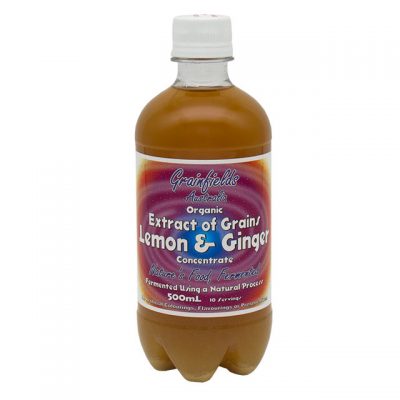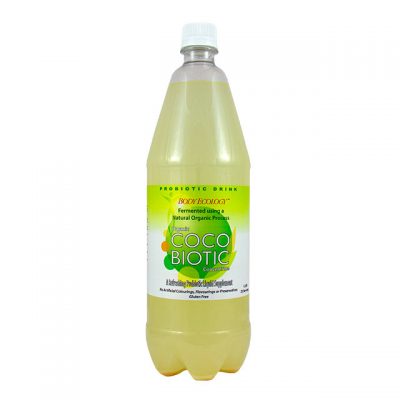Cereal Grasses are the young plants which produce grains when they reach maturity. They contain a concentration of vitamins, minerals, chlorophyll and amino acids.
Cereal Grasses
Before jointing (when the seed head forms in the stem of the plant) the plant is at its highest nutrient period, or at the nutritional peak. It is at this time that the shoots are harvested for human consumption, dried at body temperature and powdered. In this natural state, the enzymes, nutrients and chlorophyll are all very much alive and in peak condition. During the 1940s and 1950s cereal grasses were found to contain a number of factors. In addition to the growth and fertility factors, grass was shown to contain factors which support the growth of lactobacilli and other beneficial intestinal bacteria. Cereal grasses are used in laboratories around the world as a medium to support the growth of lactobacilli, the ‘healthy flora’ bacteria.
In the dried form, these grasses rank just behind the micro-algae in chlorophyll and vitamin A. Their protein levels are 20% – about the same as many meats – but of course their amino acid/protein profile is quite different. Most cereal grasses also contain trace amounts of vitamin B12 and many other nutrients. Wheat grass can pick up more than ninety minerals out of the estimated 102 found in rich soil.
In addition to high nutrient content, cereal grasses offer unique digestive enzymes not available in such concentration in other foods. Also present is the anti-oxidant enzyme superoxide simutase (SOD) and the special fraction P4D1.
The carbohydrate structure of cereal grass has special value, like that in certain micro-algae, it contains large quantities of mucopolysaccharides (MPs).
All chlorophyll (green) plants have certain pigments known as carotenes. “Beta” carotene makes up the majority of carotene in plants. While vitamin A and beta carotene appear almost interchangeably.
Alfalfa Grass
Alfalfa Grass (Medicago sativa)
Alfalfa Grass is a true protein rich super food. It is complete with vitamins A, B, C, D, E, F, calcium, magnesium, phosphorous, potassium and numerous trace elements.
Barley Grass
Barley Grass (Hordeum vulgare)
Barley grass is one of the green grasses. Astounding amounts of vitamins and minerals are found in green barley leaves. The leaves have an ability to absorb nutrients from the soil. When barley leaves are 12-14 inches high, they contain many vitamins, minerals, and proteins necessary for the human diet, plus chlorophyll. These are easily assimilated throughout the digestive tract, giving our bodies instant access to vital nutrients. These include potassium, calcium, magnesium, iron, copper, phosphorus, manganese, zinc, beta carotene, B1, B2, B6, C, folic acid, and pantothenic acid. Indeed, green barley juice contains 11 times the calcium in cows’ milk, nearly 5 times the iron in spinach, 7 times the vitamin C in oranges, and 80 mg of vitamin B12 per hundred grams.
Wheat Grass
Wheat Grass (Triticum aestivum syn. T. vulgare)
Scientific research shows that young barley and wheat leaves, when harvested just prior to stem growth, can provide a potent and balanced source of nutrition. Wheat grass is particularly nutritious, with a high concentration of vitamins, minerals, protein, enzymes, chlorophyll, and mucopolysaccharides.




